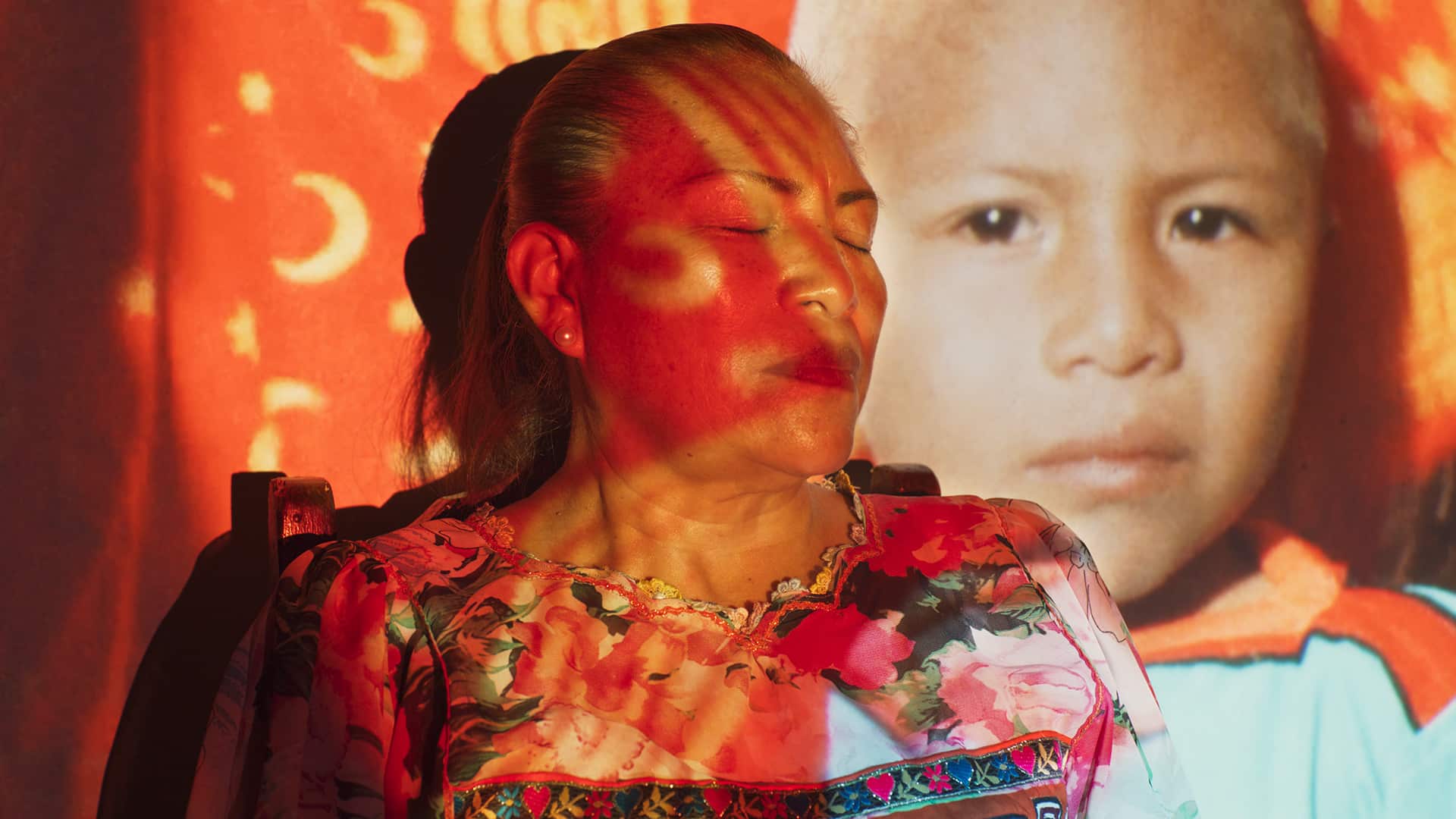




Dir.: Andres Peyrot; Cast: Aristeides Turpana, Diaz de Pestan, Olonnigdi Chiari, Cebaldo Inawinapi; Panama/France/Switzerland 2023, 87′.
French/Panamese filmmaker Andres Peyrothas has unearthed a real gem for his first film. It takes us back to 1975 when French documentarist Pierre-Dominique Gaisseau (1923-1997) went with his crew and family to the San Blas islands of Panama. Herre the Kuna community consider their women to be sacred.
Gaisseau’s claim to fame was winning the first ever Documentary Oscar, in 1962, for Sky Above and Mud Beneath. But despite this lofty achievement financing God is a Woman soon ran into difficulties and the bank took the film as collateral.
Then along came Aristeides Turpana who happened to be present at the original shoot and is now a university lecturer. He has taken it upon himself to discover the original, and luck is on his side when he meets one of his former students who is now the deputy minister for culture in the Republic of Panama. He digs out a copy of the 1975 version of God is a Woman – but dust has eaten the film material rendering it unfeasible, even for restoration purposes.
So Turpana makes his way to Paris where he had promised to meet Gaisseau in a particular cafe. But the filmmaker is long gone, and so is his wife, and daughter Akiko. Turpana soon cheers up when he finds out that Akiko has hidden a copy of the film in her cellar.
The Cinematheque Francaise was able to restore the copy and finally, fifty years after shooting, the refurbished film arrives in San Blas. Excitement spreads like wildfire, people taking on loans from family members to travel to the screening. They are looking forward to seeing their, who have since died, preserved on celluloid. Turpana oversees the construction of an outdoor cinema with a huge screen – on the night of the projection, boats from all over the islands are moored near the screen – over a hundred thousand people have ventured out to see their heritage.
The original 1975 copy is rather a wild undertaking, Gaisseau was known for his excesses. But somehow his approach fits the exuberant staging of a young girl’s coming-of-age. She has chosen a partner of own generation and he has two nights to escape – but he doesn’t disappoint her and joins in the celebration dancing with his male peers.
In the discussion that follows it transpires that Gaisseau did not translate the shaman correctly, but went for a more exotic approach – something which had been done regularly in the past. But the young filmmakers of today are anything but overwhelmed by Gaisseau’s efforts, although they admire his camerawork – in the style of John Ford. But most people really enjoy the mass celebration, “just in time to commemorate the rebellion of the San Blas people against the colonial forces hundred years ago”.
DoPs Patrick Tresch and Nicolas Desaintquentin uses hand-held cameras to capture the festivities. Gaisseau’s poetic pastoral pictures serve as an everlasting memory of that joyous occasion and will live forever etched into the collective memories of the Kuna people. AS
CRITICS’ WEEK | VENICE FILM FESTIVAL 2023